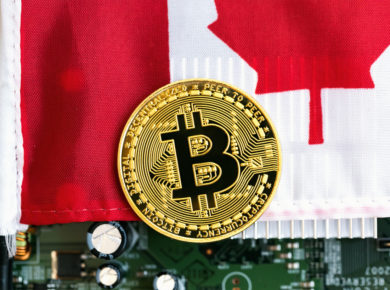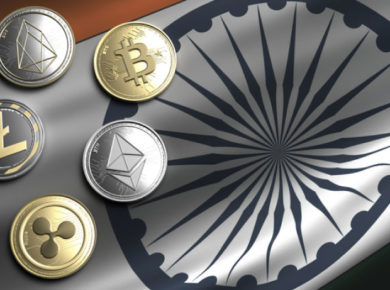Ethereum (ETH) fees hit a new an all-time high, with its supporters arguing it’s a proof of high demand, while Ethereum moves towards a new Layer 2 (L2) scaling solution.
Ethereum has been experiencing significantly high fees on and off for several months now, particularly with the decentralized finance (DeFi) boom last summer. And it has reached yet another all-time high as a result of a major jump from January 1’s USD 1.68 to yesterday’s median fee of USD 8.5. The previous all-time high happened last September when the median transaction fee had hit USD 8.48.
In comparison, looking at the network’s entire history, the only major spike it had seen before the late 2020/early 2021 highs was recorded in January 2018 – and it was USD 3.14. Meanwhile, as the fee currently stands at USD 5.41, ETH’s price went up 8.7% in a day and nearly 42% in a week, to USD 1,036 (at UTC 11:20).
And as expected people have noticed how much money they spend on fees alone. Crypto-asset trader Josh Rager, for example, claimed to have spent USD 125,000 “in gas fees this year at the current ETH price,” adding that “when Ethereum hits [USD] 5k, I’m going to be sick to my stomach.” To this, however, tax platform TokenTax replied that gas fees on trade can generally speaking be deducted from taxes, that is “added to cost basis which reduces gains and taxes,” while farming fees, similar to mining fees, can be a business expense.
Meanwhile, Matteo Leibowitz, strategy lead at Uniswap Protocol (UNI), jokingly tweeted: “the Uniswap paradox: Uniswap is ‘unusable’ because so many people are using Uniswap.” Uniswap founder Hayden Adams also said that scaling is “a huge problem” and that it “sucks [that] small transactions are sometimes priced out during volatility,” but that “the high gas costs are a direct result of a huge demand for trading on Uniswap.”
But per Tushar Jain, managing partner at crypto fund Multicoin Capital, Ethereum is “suffering from anti-network effects,” and each new user “makes the system less usable for other users by crowding them out,” adding that DeFi has outgrown Ethereum. And while some argue that newcomers are chased away by high fees and Plutus21 Capital Partner Richard Raizes argued that “high fees are nothing to be proud of,” SetProtocol product marketing manager Anthony Sassano claimed that “high fees signal extreme demand to use the Ethereum blockchain – we should be very proud of this as a community.” Other commenters chimed in, saying that fees are “the best evidence” of how much people are willing to pay to use the network.
Layer 2 has potential to scale Ethereum and I’m excited to watch that play out.
But tbh I don’t think there is a big difference between moving to an L2 and moving to another L1.
— Tushar Jain (@TusharJain_) January 4, 2021
Meanwhile, OpenLaw CEO Aaron Wright finds that high fees will result in people turning to DAOs, which will help scale Ethereum along with L2s. “Once complete, DAOs and dapps likely will be paying gas, not end-users; just like end-users today don’t pay for [Amazon Web Services],” he said. “If current gas prices stick, gas prices could be a driver of DAO growth in 2021.”
Great table from Vitalik’s rollup post, breaking down Optimistic Rollups vs ZK Rollups https://t.co/1ixrtfx8H9 pic.twitter.com/tCwB50ZBmZ
— David Mihal (@dmihal) January 5, 2021
___
Learn more:
EIP-1559 Won’t Lower High Ethereum Fees On Its Own – Professor
What’s in Store for Ethereum in 2021?
Crypto Tech In 2021: Focus on Scalability, Privacy and Usability











